James Meiss
University of Colorado, Boulder
The Dynamical Principles of Storytelling
Sep 29, 2023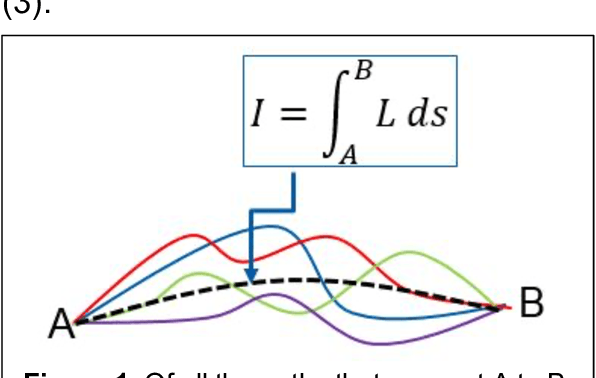
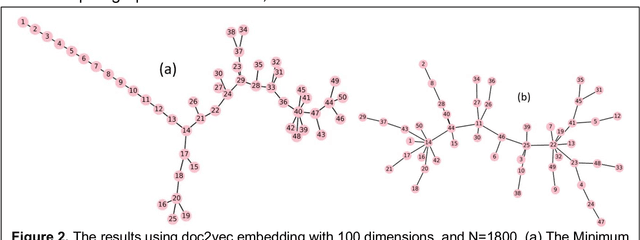
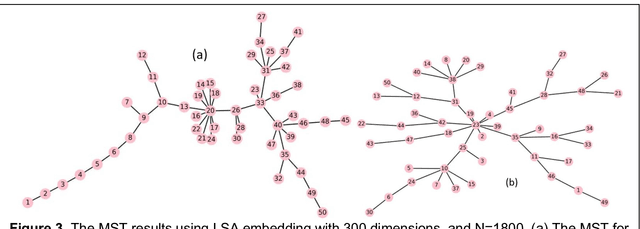
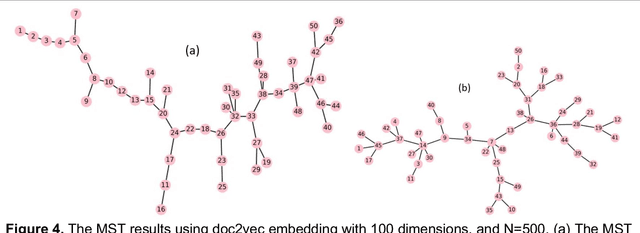
Abstract:When considering the opening part of 1800 short stories, we find that the first dozen paragraphs of the average narrative follow an action principle as defined in arXiv:2309.06600. When the order of the paragraphs is shuffled, the average no longer exhibits this property. The findings show that there is a preferential direction we take in semantic space when starting a story, possibly related to a common Western storytelling tradition as implied by Aristotle in Poetics.
Narrative as a Dynamical System
Sep 06, 2023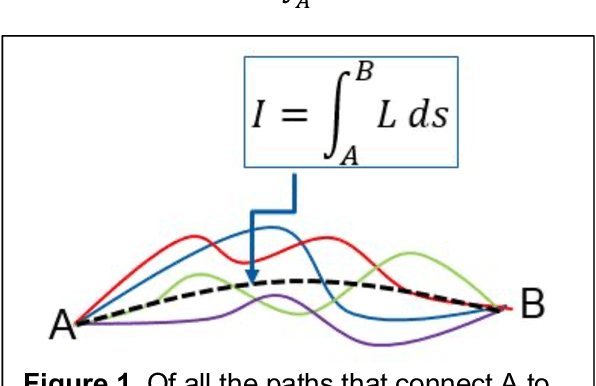
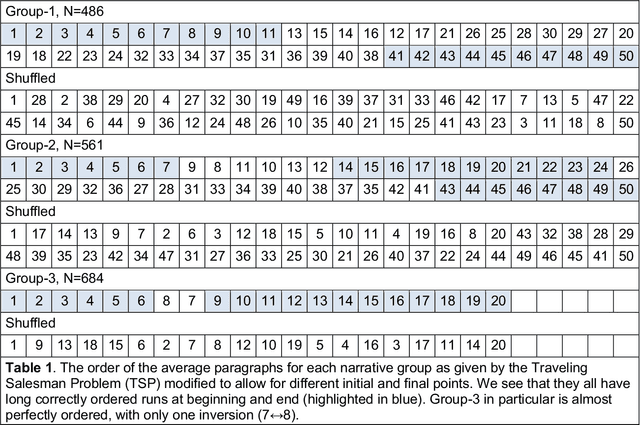

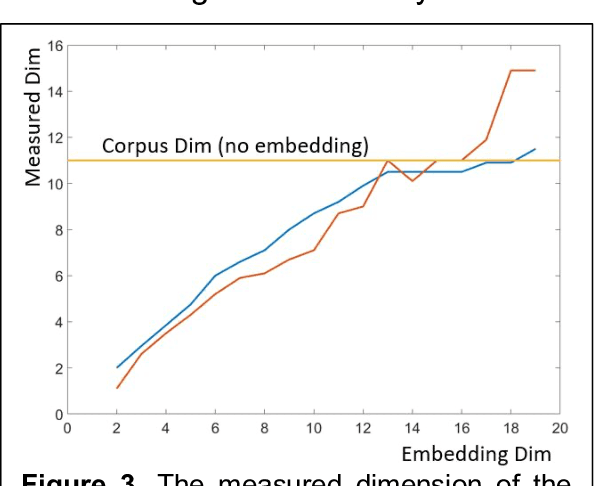
Abstract:There is increasing evidence that human activity in general, and narrative in particular, can be treated as a dynamical system in the physics sense; a system whose evolution is described by an action integral, such that the average of all possible paths from point A to point B is given by the extremum of the action. We create by construction three such paths by averaging about 500 different narratives, and we show that the average path is consistent with an action principle.
Shape-based Feature Engineering for Solar Flare Prediction
Dec 28, 2020
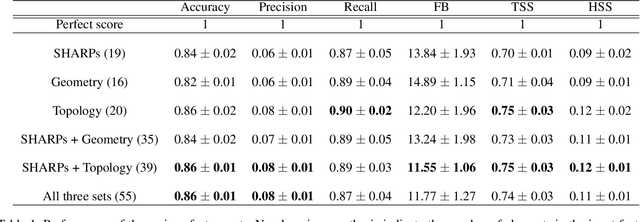
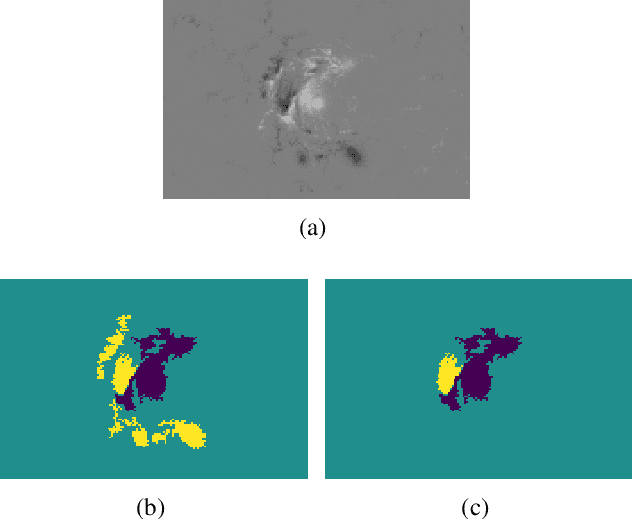
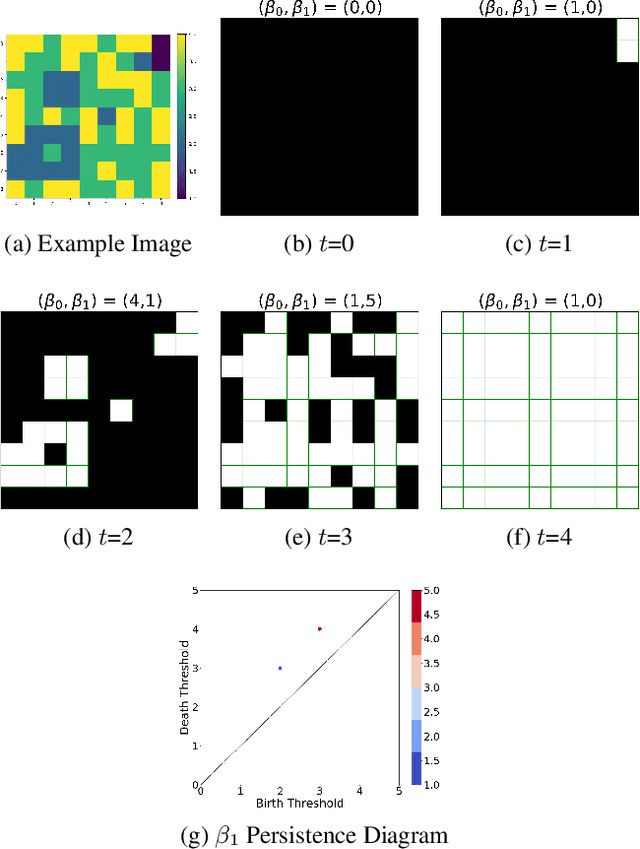
Abstract:Solar flares are caused by magnetic eruptions in active regions (ARs) on the surface of the sun. These events can have significant impacts on human activity, many of which can be mitigated with enough advance warning from good forecasts. To date, machine learning-based flare-prediction methods have employed physics-based attributes of the AR images as features; more recently, there has been some work that uses features deduced automatically by deep learning methods (such as convolutional neural networks). We describe a suite of novel shape-based features extracted from magnetogram images of the Sun using the tools of computational topology and computational geometry. We evaluate these features in the context of a multi-layer perceptron (MLP) neural network and compare their performance against the traditional physics-based attributes. We show that these abstract shape-based features outperform the features chosen by the human experts, and that a combination of the two feature sets improves the forecasting capability even further.
 Add to Chrome
Add to Chrome Add to Firefox
Add to Firefox Add to Edge
Add to Edge